
The partnership between Xiaomi and Leica is strengthening with every new flagship smartphone release. On the new Xiaomi 15 Ultra, we are seeing a greater convergence in the professional imaging experience, to the point where a user may well choose the Xiaomi 15 Ultra specifically for photography over a smartphone.
As Xiaomi migrates MIUI to HyperOS, its design maturity evolves with the expansion of its products and ecosystem. If you are not a fan of the default pastel-colour icons, consumers can easily replace them with their preferred theme packs or personalise everything from the lock screen, animation effects, to icons and fonts.

Indeed, the Xiaomi ecosystem has been one of its key selling points. With so many smart home devices under its belt – including electric vehicles – the Xiaomi 15 Ultra conveniently controls the devices, interacts with data and files with one another, including sharing screen, apps, notifications, images to Windows, Mac and iOS. I was pleasantly surprised that the Xiaomi 15 Ultra still comes with the IR blaster, which is relocated to the back, so you have to face the phone towards the appliance as if you are taking a photo.
Running on the latest Snapdragon 8 Elite means the Xiaomi 15 Ultra can multitask at up to 45% faster, be more battery-efficient by 52%, and run AI tasks at 105% faster. These are evident when we use the Xiaomi 15 Ultra daily. If I were to nitpick, I would hope for a faster animation sequence so that the UI feels speedier.

Apart from the collection of Google-driven AI features from Gemini, Xiaomi 15 Ultra supports extensive AI productivity and creativity. Just select any text on any app, then long-press to bring up the suggestion bar, then tap the HyperAI icon to open the AI dialogue box. The revamped recorder app can now do real-time transcription, post-recording AI summary, and dialogue translation. Its AI image editing capabilities include image expansion, object erasing, reflection removal, and image enhancement. No doubt, these AI features can be really useful to help improve content creation, and I look out for them when assessing my next smartphone purchase.
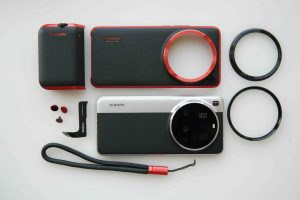
But when it comes to the camera system, there is little to nitpick. Xiaomi has moved the needle for mobile photography with the next-generation Leica Summilux 1:1.63-2.6/14-100 optical lens system, delivering improvements in three key areas: enhanced light transmission for better low-light performance, minimised optical aberrations for greater clarity, and refined white balance calibration for more accurate colour reproduction.
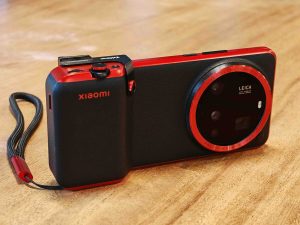
The quad-lens system covers from the ultra-wide 14mm to the telephoto 100mm, extending to 200mm with in-sensor zoom, and thanks to the 200MP 1/1.4″ large main sensor, combined with ƒ/2.6 aperture, the zoom-end is capable of capturing 136% more light than the Xiaomi 14 Ultra. Improving the image quality are Leica Summilux lenses and an 8P aspherical high-transmittance lens enhanced with dual anti-reflection (AR) coating.
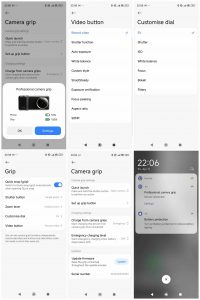
Using the Xiaomi 15 Ultra with the photography kit transforms the smartphone into a camera. Once connected, there are settings available to personalise the grip buttons and dials. When double-clicking the volume down button during screen off mode, the UI quickly displays the Xiaomi Fastshot mode that resembles a rear Leica camera.

The camera grip provides the familiar buttons and dials of a digital camera so that users can quickly adjust zoom length, exposure, half-press to lock focus, and the shortcut video record button. To improve ergonomics, there is even a detachable thumb rest. The grip can also be used as a power bank as it contains a 2000 mAh battery.

You can attach a 67mm filter adapter ring, which allows you to fit any camera filter. If you care for the phone as much as your camera lens, you probably would want to fit a UV filter instead of leaving the lenses exposed.


I find the close-up images particularly attractive thanks to their large sensor, which provides a more natural-looking shallow depth of field while capturing a generous amount of details.

Exploring the zoom range, I find them to be usable and do not appear unnatural despite employing AI to sharpen the images. I find that there is less guesswork and more faithful to the original scene compared to some other smartphone brands.
The ability to shoot good-quality images at the extreme zoom end is pretty liberating, as I can capture rather unique shots with just a smartphone.
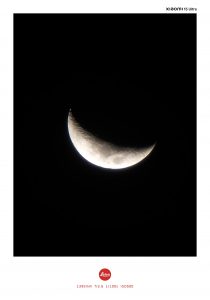
There is also a “Supermoon” shooting mode to snap our favourite space object, but you need to select this mode to shoot as the camera does not auto-detect the scene.
Thanks to the large aperture, low-light photography is captured with no handheld blur issues. I can effectively snap the scenes quickly, and the grip helps tremendously in stabilisation.


In many cases, the imaging device fuels creativity thanks to its ease of handling, framing, and capturing. This is especially so when using the Xiaomi 15 Ultra with the ergonomic grip. It is a snap to adjust zoom, exposure compensation, lock focus and fire the decisive shot.
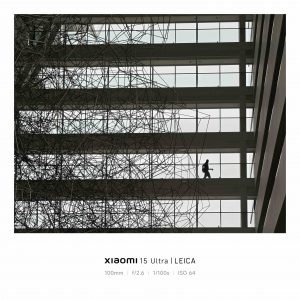
But the grip bulks up the smartphone, and I find it a hassle to carry the phone with the grip attached. Also, when slipping the phone into my pocket, there is a tendency to touch the grip buttons or the slider, which will wake up the phone display. So, most times I would store the grip away and would keep the grip attached only during extended photography sessions.
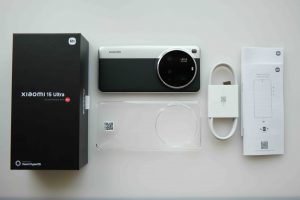
The Xiaomi 15 Ultra itself is not complete without the photography kit. It elevates the shooting experience on the smartphone to achieve almost professional experience. To top that, the phone offers Leica quality lenses, colour science, and user interface. When not shooting images, the Xiaomi 15 Ultra is a high-performing smartphone to power your productivity and creativity.
The Xiaomi 15 Ultra retails at SGD 1699.00, and click here to find out more.








